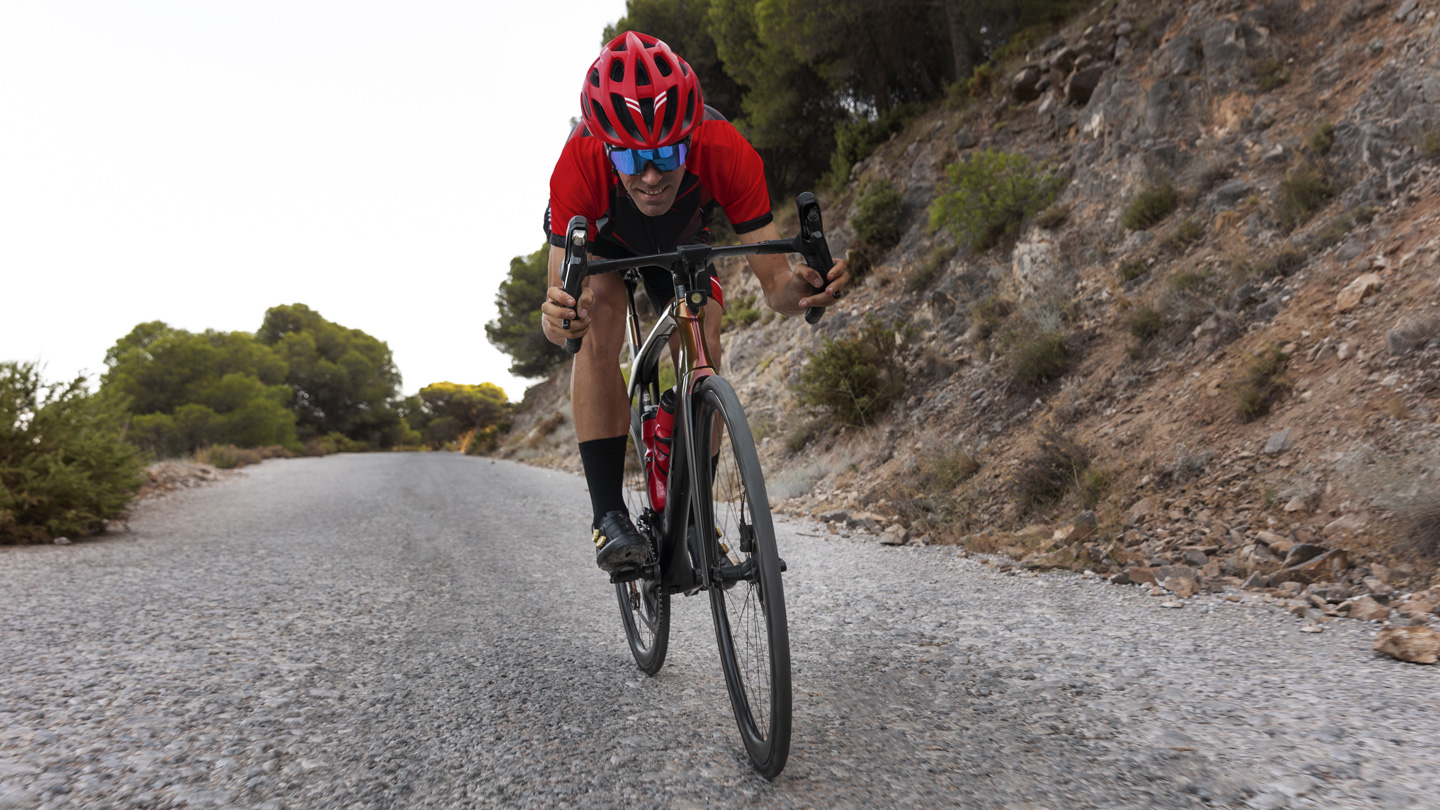In endurance sports like running, cycling, triathlon, and rowing, the term endurance is commonly used to describe how long an athlete can sustain physical effort. But for those who truly want to perform at the highest level, that’s only half the picture.
There’s another critical concept — durability — that determines whether you’ll just survive the race or finish strong.
Understanding the difference between endurance and durability is essential for athletes, coaches, and sports scientists looking to fine-tune performance and push limits.
What is Endurance?
Endurance is the ability to maintain a certain level of performance over a long period. It is closely tied to:
- VO₂max (maximum oxygen uptake)
- Lactate threshold
- Aerobic efficiency
- Cardiovascular and metabolic health
An athlete with high endurance can maintain steady output — like power or pace — for several hours while keeping heart rate, breathing, and effort perception under control.
In short, endurance measures how long you can go — especially in relatively fresh conditions, before fatigue becomes a major factor.
What is Durability?
Durability, on the other hand, is your resistance to performance decline under sustained fatigue. It’s what keeps your form, focus, and speed from collapsing in the final part of a race.
An athlete with strong durability can:
- Maintain biomechanics under fatigue (e.g. proper running form at mile 20)
- Limit cardiovascular drift (heart rate stays stable for same pace)
- Preserve muscular recruitment and coordination
- Delay mental and physical exhaustion
Where endurance gets you to the second half of the race, durability determines how strong you finish.

Why this distinction matters
Two athletes might have identical endurance markers (VO₂max, lactate threshold), but the one with greater durability will suffer less performance drop-off in the final kilometers — and likely beat the other.
That’s why training should not only build endurance, but also strengthen durability.
Some proven strategies:
- Long sessions that push the fatigue threshold
- Back-to-back workouts on consecutive days
- Intense intervals at the end of long efforts
These methods help the body adapt to fatigue, not just output. And that’s the real game changer.
Introducing RR Durability: A New Way to Measure Performance Under Fatigue
To better assess how resilient an athlete truly is, RightRide introduces RR Durability — a performance metric that quantifies an athlete’s resistance to fatigue during extended efforts.
It’s a single score that provides insights regardless of equipment or terrain.
RR Durability helps identify:
- How long an athlete can maintain high power
- How efficiently they manage fatigue
- How effective their pacing and execution are under stress
This metric can be used to:
- Compare performances between athletes
- Rank individual efforts within a larger context
- Optimize race and training strategies
- Detecting early talent
In short, RR Durability is a smarter way to evaluate endurance performance — and train accordingly.


